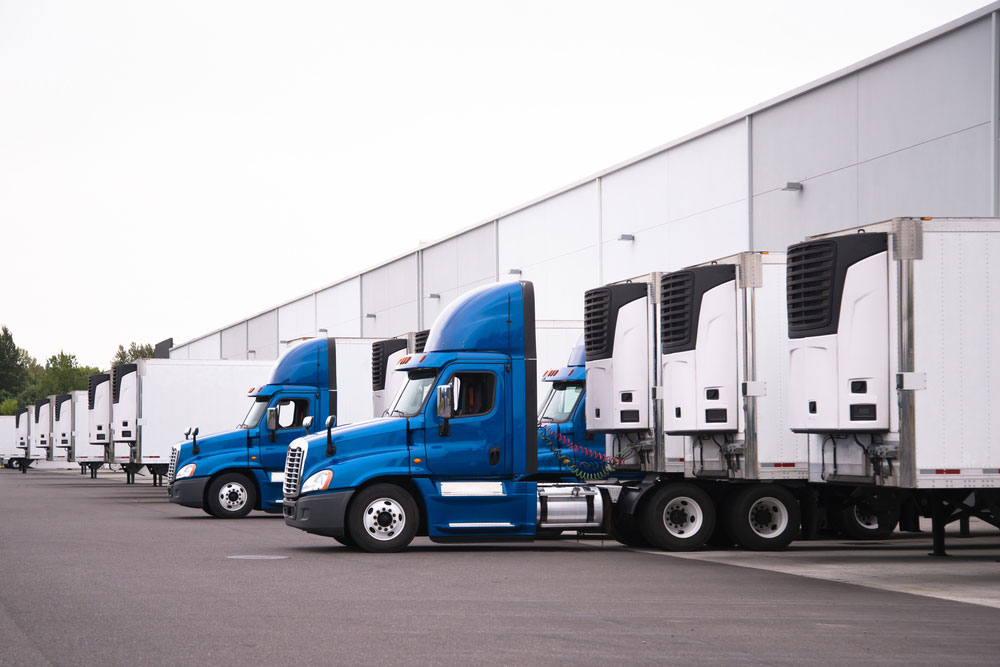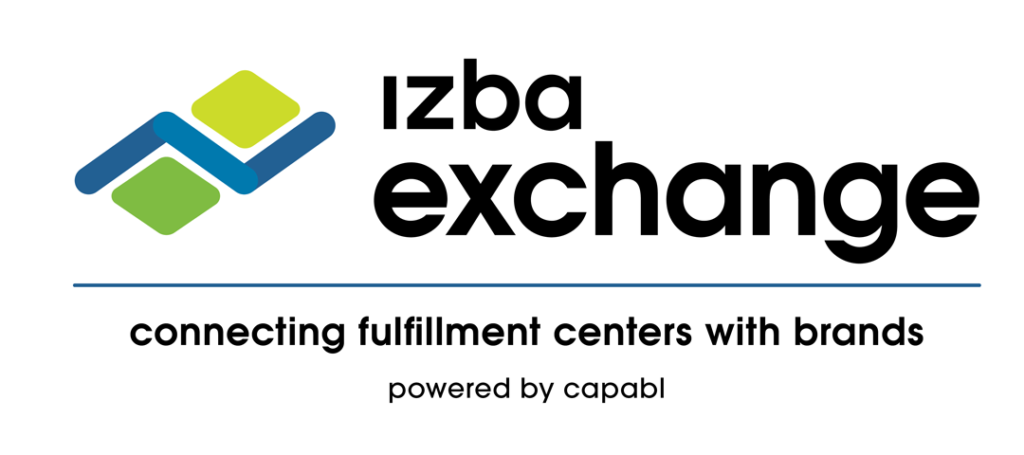
Brands often find themselves facing the most complicated supply chain challenges during their business development and growth.
For specific products, simple LTL and FTL shipments won’t work.
Especially when you’re working with food, medicine and environmentally sensitive electronics, etc., you need transportation that can guarantee the safety and timely delivery of these products.
Reefer shipments carry refrigerated or temperature-controlled freights. Just like regular shipments, there are two types of reefer shipments:
- Reefer FTL
- Reefer LTL
With the same principles, but different results, the decision to opt for either can result in serious long-term consequences for your business.
Before we dive into which shipment you should go for, let’s take a look at how these two differ from each other.
Reefer FTL vs LTL
Reefer Full-Truck-Load or FTL refers to a shipment dedicated to transporting a single brand or company’s supplies/products.
While an LTL refers to Less-than-Truck-Load, meaning the shipment isn’t exclusive and freights from different companies are combined to make a full truckload.
In a 14 foot linear space, 6 pallets are available on a full truckload. If you have products that occupy less than 14 feet or 6 pallets, the best option is to go for an LTL shipment.
Although this will mean that you’re sharing the space, as well as, the transportation time with other companies, you’ll certainly be saving resources.
FTL shipments are exclusive transports that make relatively fewer stops as they have a single origin and a single destination.
They can also be further customized to transport products with special requirements, like fragile or expirable or perishable products. Art and décor, medicines and fresh food items generally require FTL shipments.
LTL shipments, on the other hand, typically make several stops on account of the different companies and brands they are shipping the goods for.
Pros and Cons of Reefer FTL
Using a reefer FTL can prove to be an effective decision if you consider the quality of transportation you’re getting. Bigger companies give no second thought to the idea of sacrificing money for a better delivery option to optimize order fulfillment.
If you have a significant amount of product that needs to be moved, you obviously have a deadline you can’t miss and therefore, you can’t risk your inventory in transit.
Having an exclusive full truckload of supplies dedicated to storing your items can prove useful as reefer FTLs transporting a single company’s goods exclusively will take less time to reach their destination.
This, alone, is enough to convince companies that have fragile or perishable items. A typical FTL journey lasting 3 days will have 2 stops where the driver will keep the reefer running throughout the resting periods before arriving at the destination.
Even if an FTL shipment is being transported over a weekend, reefers don’t compromise the integrity of the product in transit. For example, a product picked up on Friday will get to the area on Saturday and be parked at a truck stop.
The reefer will be running the entire time, making sure that your product is kept at the ideal temperature before it’s delivered to you on Monday.
Compared with LTL counterparts, FTL providers are present in larger numbers, making it a more available but also costlier option. However, these providers aren’t known for their diverse value-added services, meaning you won’t find much flexibility there.
Pros | Cons |
Company Exclusive | Costly |
No Extra Stops | Doesn’t Support Small Volumes |
Product Specific | Fewer Value-Added Services |
More Market Options | Usually Less Flexible |
Pros and Cons of Reefer LTL
The other option businesses have is utilizing a reefer LTL shipment. This mode of transportation involves sharing the truck space, as well as, the journey with other products from and for other companies.
This sort of shipment is preferred by small businesses that don’t want to pay the extra cost of a full truckload. Whether your inventory requirements are low or you just aren’t in a hurry, you can select a reefer LTL and save cash in the process.
Although cheaper, LTL shipments can have a number of problems starting with the fact that there is a higher risk of losing or damaging inventory.
A typical journey for an LTL shipment can start from an area like South Jersey, where the driver will load products from different companies to fill up the space in the truck.
From there, the shipment will return to the local LTL terminal where all of the truck’s load will be taken off and put on a truck headed for Illinois. This second truck will then drive to a local terminal near Chicago from Jersey before being offloaded.
Your product might get loaded into another truck that will be heading to Urbana, IL. This is the truck that will bring the supplies you requested to the target location.
This whole process of changing hands can result in damage and loss of inventory as well as delays in delivery times since the truck is making several stops along the way to drop off multiple shipments.
Pros | Cons |
Economical | Several Breaks and Stops |
Supports Small Volumes | Fewer Market Options |
More Value-Added Services | Higher Product Damage Risk |
Can Support Different Items | Timely Shipments |
Should You Opt for Reefer FTL or Reefer LTL?
If you’re in need of a reefer shipment, that means you’re going to have a tougher time finding LTL providers that fit your transportation requirements.
Moreover, you’re bound to face issues with thawed or damaged products down the line.
Nick Stachel at Izba says, “I advise paying the more expensive option to book the full truck.”
“Although more expensive, making sure the product remains frozen and is delivered on time is our ultimate priority. I understand this is much more expensive than the LTL route, but we face fewer risks by buying a full truck to move this product.”
Need Help?
Supply chain consultants like Nick at Izba are only a call away to help you figure out the best decisions to make for your supply chain and scale your business further. So, don’t hesitate to reach out and ask questions to get started!





